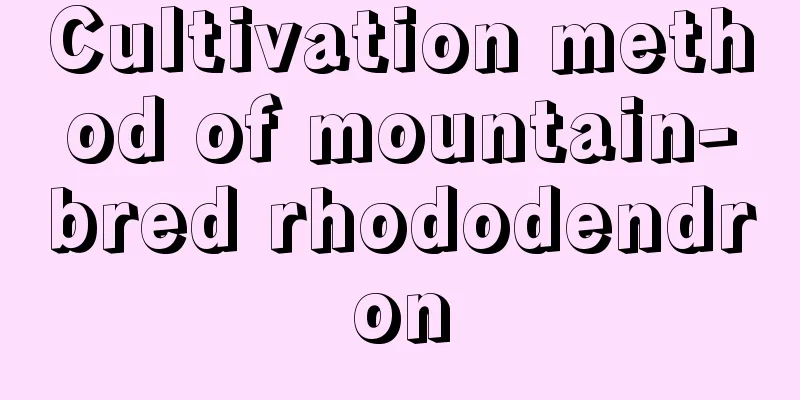Camellia Care

soilSoil is the basis for the growth of various plants, and camellia is no exception. Camellia prefers slightly acidic, well-ventilated loam with a high humus content. The best pH value is between 5 and 6.5. Potting soil can be made from mountain soil, sawdust, or fungus residue mixed with cake fertilizer powder, livestock manure, etc. Mix the three evenly, pour appropriate amount of water and put them in bags to mature, more than 20 days in summer and autumn, and more than 30 days in spring and winter. This kind of soil is not only loose and breathable but also can retain fertilizer and tax, which is more suitable for the growth and development of camellia. illuminationCamellia needs appropriate light, but is afraid of exposure to high temperatures and scorching sun. Therefore, in spring and autumn, you can move it to a place with more sunlight to receive full-day light, and in summer when the sunlight is strong, move it to a place with less sunlight for maintenance. Direct exposure to the scorching sun can easily cause damage to the camellia leaves or withering of small plants. temperatureCamellia likes a warm environment, and the most suitable temperature for growth is 18~25 degrees Celsius. The relative humidity is 60%~65%. Generally, buds begin to emerge in April, and the terminal buds stop growing in mid-to-late May, gradually differentiating into leaf buds or flower buds. It takes 180 to 240 days from budding to flowering. Although camellia can withstand low temperatures, if the temperature drops above 0℃ or there is strong wind, the tender branches will be frozen and the flower buds will wither. WateringCamellia prefers a climate and soil with high humidity. Therefore, it is necessary to replenish sufficient water. Water once a day in spring and autumn, and once in the summer, especially when it is very hot, water once in the morning and evening. If the ground is dry, you can also spray water on the ground or around the flower pot to maintain a certain air humidity. But be careful not to water too much and cause water accumulation, so as to avoid root rot and suffocation. FertilizationCamellia is a fertilizer-loving flower. Because it has many leaves and a long flowering period, it requires a lot of fertilizer. During the fertilization process, apply enough liquid fertilizer. Depending on the size of the flower pot, apply 3 to 80 grams of decomposed cake powder or dry chicken and duck manure per pot. Except for the hottest and coldest times of summer and winter, apply fertilizer 1 to 2 times a month. The principles of fertilization: it is better to apply fertilizer lightly rather than heavily, to apply thin fertilizer rather than thick fertilizer, and to apply less rather than more fertilizer. We must adhere to the method of applying thin fertilizers frequently, especially avoid applying raw fertilizers. in additionCamellia also needs to be ventilated. |
<<: Camellia propagation methods and precautions
>>: How to grow hibiscus in the garden
Recommend
In early autumn, pay attention to these 6 things when growing flowers!
1. There should be sufficient light. Some light-l...
How to care for newly bought calla lilies
1. Lighting Calla lilies do not require much ligh...
Cultivation methods and precautions of morning glory
1. Maintenance methods 1. Temperature: morning gl...
How to grow large jade plants
1. Breeding conditions 1. Soil When caring for la...
Can frangipani be propagated by cuttings?
The ornamental value of the frangipani plant is v...
How to propagate the butterfly flower
Seed propagation First, put the soil used as the ...
Does the peace tree bloom?
The flowering period of the peace lily The peace ...
Breeding methods and precautions of Rhododendron tatarinowii
1. Soil During the breeding period, fertile and l...
How to grow grape seeds in small pots
1. Preparation before sowing Wash the grape seeds...
Can Monstera survive by cuttings? (How to successfully propagate Monstera by cuttings?)
The main propagation method of Monstera is cuttin...
What are the green non-flowering plants?
1. Monstera The plant is relatively large and blo...
Can gold diamonds be exposed to the sun? Are they afraid of the sun?
1. Whether you can get sun exposure It can bask i...
Rabbit breeding techniques
Rabbits have become favorite pets of many people ...
Which month has the highest survival rate for transplanting kiwifruit? The best time to plant kiwifruit
Kiwi fruit, also known as fox peach, is native to...
Flower language of Nepenthes
Origin of the name of Nepenthes The name Nepenthe...









